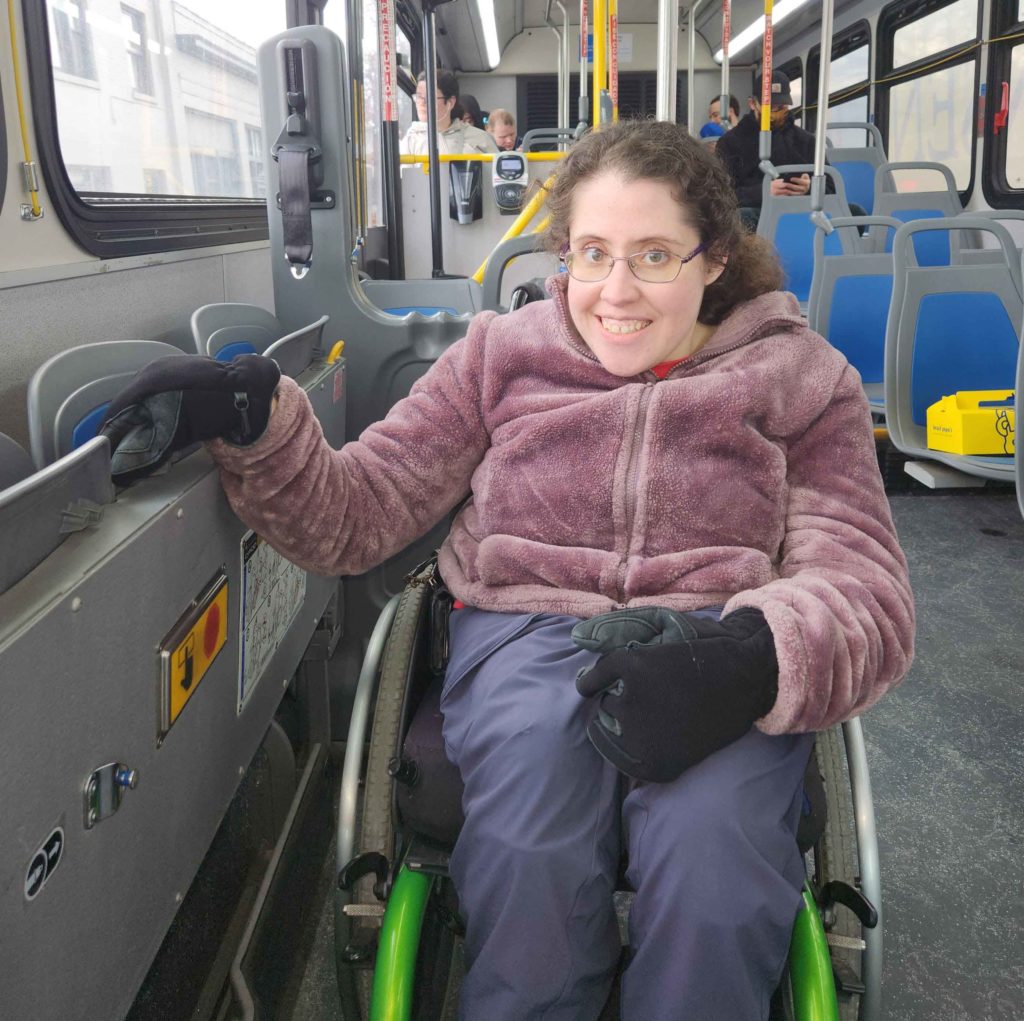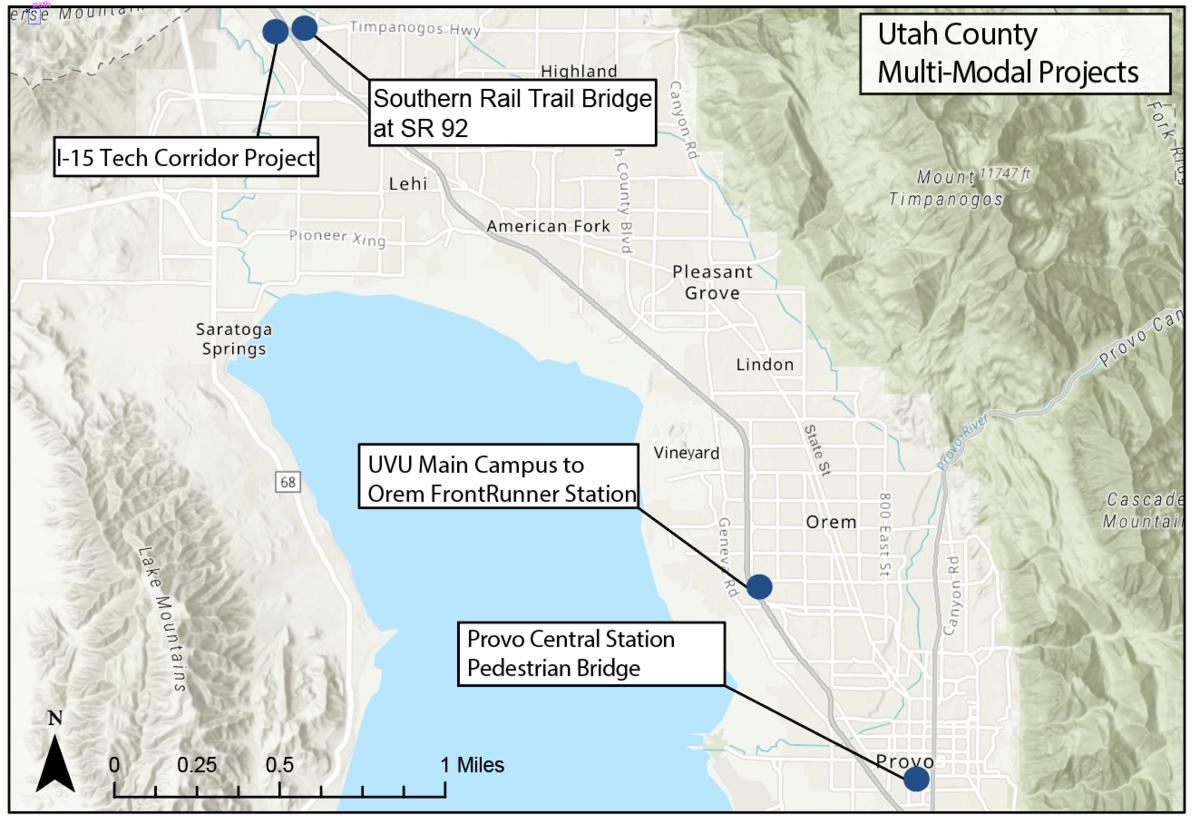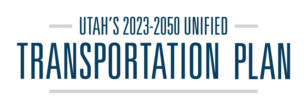Holistic Transportation Planning
The Unified Plan is holistic, collaborative, and dynamic from start to finish and provides a solid foundation for future decision-making. This approach to planning and delivering a transportation system has been referred to as “The Utah Way.” Simply put we 1) look ahead to assess challenges and identify opportunities, 2) make a plan, including policy makers, transportation agencies, local communities, the public, and other major stakeholders, and 3) work with Utah’s elected and other leaders to make good decisions and deliver a system that supports communities, commerce, and overall quality of life.
Statewide Effort
One of the ways transportation providers in Utah work together is regular meetings of the Joint Policy Advisory Committee (JPAC). In 2002, Wasatch Front Regional Council (WFRC), the Mountainland Association of Governments (MAG), the Utah Department of Transportation (UDOT), and the Utah Transit Authority (UTA), in close coordination with the Federal Highway Administration (FHWA), established the JPAC, and it has evolved over the years to include Cache Metropolitan Planning Organization and Dixie Metropolitan Planning Organization. JPAC, which includes elected officials and senior transportation agency staff from across the state, provides oversight and guidance to the unified planning process.

Follows Good and Trusted Planning Practices
The Unified Plan follows sound planning practices in a transparent and engaging manner. Utah’s transportation agencies have worked together to create a robust planning model based on sound technical analysis of current and projected transportation needs and funding levels to develop a thorough plan that supports the outcomes embodied in Utah’s Transportation Vision.

The Human Side: Ivy
Since age two, Ivy, who was born with spina bifida, has mainly used a wheelchair to get around. Ivy, now 29, lived with her parents and three siblings in south Bountiful when she was young. Unfortunately, busing was not accessible due to rugged terrain and no sidewalks. Hoping to find better living arrangements for Ivy, her parents searched for housing options near the Streetcar Line and Parley’s Trail in Salt Lake City and ultimately found a place in Sugarhouse. Their home is a zero-entry dwelling, with no steps from the sidewalk and driveway to the main level. Ivy lives in half of the house that faces the street and is wheelchair accessible. Ivy’s parents occupy the back half of the home.
The neighborhood is ideal for walking and great for a wheelchair. They live close to everything they need, including the grocery store, library, and park, as well as shops, church, a swimming pool, and restaurants. Ivy volunteers as an elementary school reading tutor and uses the trail behind her house to get to the bus that takes her to Bennion Elementary School in Salt Lake City. Ivy says the bus system is great and she especially appreciates the friendly and helpful bus drivers, an important part of Utah’s transportation system that enables Ivy’s independence.
Success of Past Efforts
In the face of tremendous growth and as the transportation industry evolves rapidly, we must think differently about how we plan for and deliver Utah’s transportation system. It’s imperative to clearly and openly involve the public as we address the challenges and opportunities associated with our transportation future. Because Utah’s Transportation Plan is founded on the individual efforts of each partner entity, it bears the fingerprints of the robust public engagement conducted by each agency. From Logan to St. George and in all the more rural areas of the state in between, agencies have conducted public meetings and comment periods, small group interactions, local elected engagement, and other outreach to ensure their plans reflect the input of Utahns.
Robust public engagement efforts combined with Utah’s thorough Unified Plan development process have led to the construction of notable transportation projects throughout Utah. These projects have improved statewide, regional, and local transportation access and have enhanced quality of life for individuals statewide. These impacts underscore the value of Utah’s collaborative approach to transportation planning.
Continued Collaboration and Support
Once the Unified Plan is complete, the collaboration has just begun. Success requires constant communication and partnership between transportation agencies in order to implement the plan in the most effective and efficient way possible.
The Unified Plan is revisited every four years to keep current with trends and to ensure the feasibility of implementation. The process is robust and reliable, while being flexible and collaborative. Utahns can trust the process and the plan.
A Regional Perspective:
Utah Valley Multimodal Accomplishments
Agencies and communities have invested and cooperated for decades to provide multimodal transportation access in Utah Valley. Four projects that illustrate the results of these efforts include the I-15 Tech Corridor Project, the Southern Rail Bridge at SR 92, the UVU Main Campus to Orem FrontRunner Station, and the Provo Central Station Pedestrian Bridge.


I-15 Tech Corridor
I-15 Tech Corridor Project
Not long ago, bicycle and pedestrian travel in northern Utah County was limited by poor sidewalk crossings and minimal access to trails. These deficiencies amplified as population and commercial growth in northern Utah County exploded. Local communities and transportation partners, including the Utah Department of Transportation (UDOT), Lehi City, Utah County, and Mountainland Association of Governments (MAG), identified the need for improved connections to trails, bike lanes, and the Lehi FrontRunner Station. Responding to a variety of transportation challenges, UDOT invested $415 million to expand I-15 beginning in 2017. Development of an active transportation network with pedestrian bridges and under crossings was added to the project to improve overall quality of life and to increase mobility for residents.
Upon completion of the project in 2020, residents and partners expressed their gratitude for improved connectivity and opportunities for true multimodal transportation. Lehi City Community Development Director Kim Struthers said, “The Tech Corridor project was much more than just a transportation project for motor vehicles. We now have a great looped bike and pedestrian path on each side of the freeway, allowing easier commuting to our employment center by alternate modes of transportation. It also serves recreational users, and allows bikers, walkers, and joggers to tie into the extensive surrounding network of trails.”
Southern Rail Trail Bridge at SR 92
Traverse Mountain Development is a large residential and commercial community situated north of SR 92 and east of I-15. These major highways created nearly insurmountable barriers to bicycle and pedestrian travel for Traverse Mountain residents and visitors.
MAG, Lehi City, UDOT, Utah County, and Utah Transit Authority (UTA) teamed to solve this travel dilemma with a bicycle and pedestrian bridge spanning SR 92 and connecting with the Murdock Canal Trail. The 20-mile Murdock Trail stretches between Provo Canyon and the Jordan River Trail as well as the FrontRunner Station in Lehi. A federal Transportation Investment Generating Economic Recovery (TIGER) Grant and the project partners funded the $6.2 million bridge.
The bridge, which was completed in 2021, benefits many travelers in the area, including a legally blind Traverse Mountain resident who works south of SR 92. He said, “The bridge was a total game changer. I can now bike from home to my office in Thanksgiving Point. It is a great feeling to know my life isn’t in jeopardy every time I commute to work on my ebike.”
Southern Rail Trail Bridge at SR 92
UVU Pedestrian Bridge
UVU Pedestrian Bridge
In the past, most Utah Valley University (UVU) students commuted to school from surrounding communities in personal vehicles. Fortunately, completion of the Orem FrontRunner Station and free transit passes for all UVU students and faculty increased opportunities for other travel modes. Obstacles still remained, however, with railroad tracks and I-15 standing between campus and the FrontRunner Station. UVU partnered with MAG, Orem City, and UDOT to build the UVU Pedestrian Bridge, which at 1000 feet long and 16 feet wide is the largest such structure in Utah.
Completed in 2021, the UVU bridge benefits thousands of students, with an average of about 4000 trips daily when school is in session. Jade, a UVU junior, explained to the Deseret News how the new bridge would benefit her. She said, “I’m a commuter student. I actually come from Eagle Mountain across Utah Lake, so it’s a little bit of a drive for me to get here. Having the option of taking the FrontRunner and just being able to cross the bridge and be on campus is going to be so great.”
Provo Central Station Pedestrian Bridge
When the Provo Central FrontRunner Station opened, bicycle and pedestrian access was severely limited because four sets of railroad tracks separated residential areas to the north from the station. Freight trains would stop at the 200 East crossing point, blocking station access. A major safety issue emerged when those hoping to reach FrontRunner would weave in between stopped freight cars to get there.
To mitigate this issue, Provo City, MAG, UTA, and UDOT worked together to secure $8 million in funding to build a bridge from 600 South in Provo over the tracks to the FrontRunner Station, providing safe, direct and unimpeded access. A federal TIGER Grant covered part of the cost, and the project partners paid for the rest.
Provo City Mayor Michelle Kaufusi shared her excitement about the project. She said, “This pedestrian bridge is a huge win for active transportation and safety. It will provide easier and safer access between our city’s vital intermodal transit hub and the communities to the north, including Provo’s Historic Downtown. We appreciate our funding partners for helping make this project a reality!”
The Future
As the population in Utah Valley continues to grow, the need for access to a variety of transportation options will multiply. Collaboration will continue to play a key role in meeting those demands and safeguarding the region’s high quality of life.
